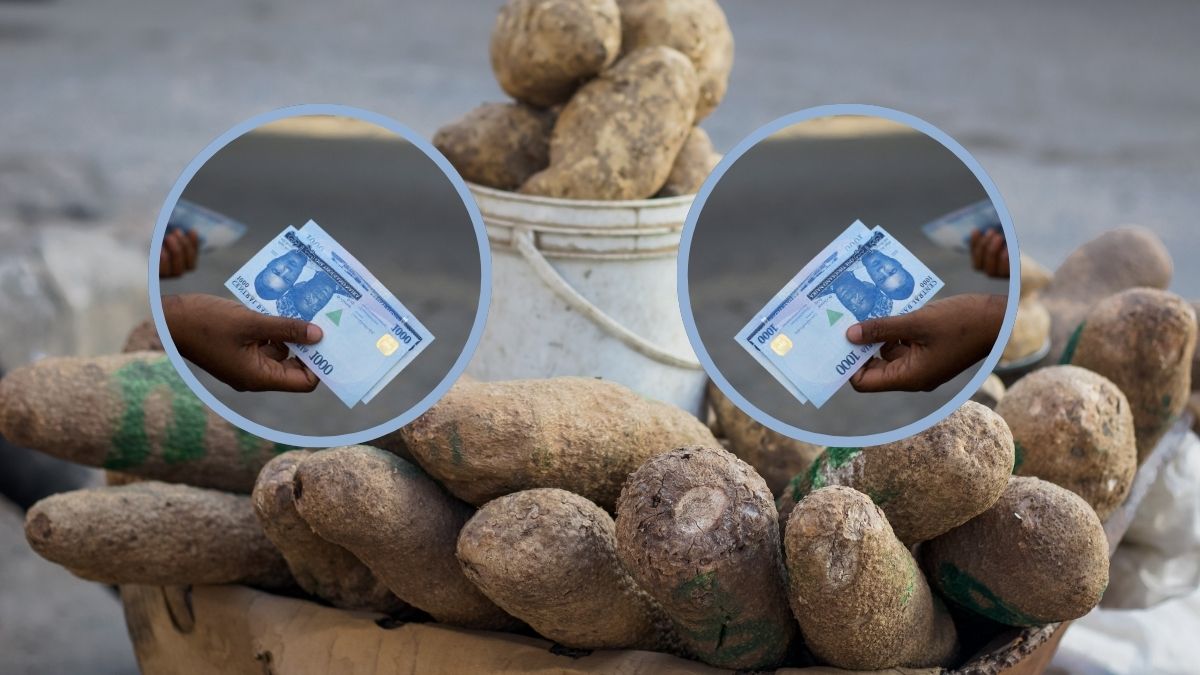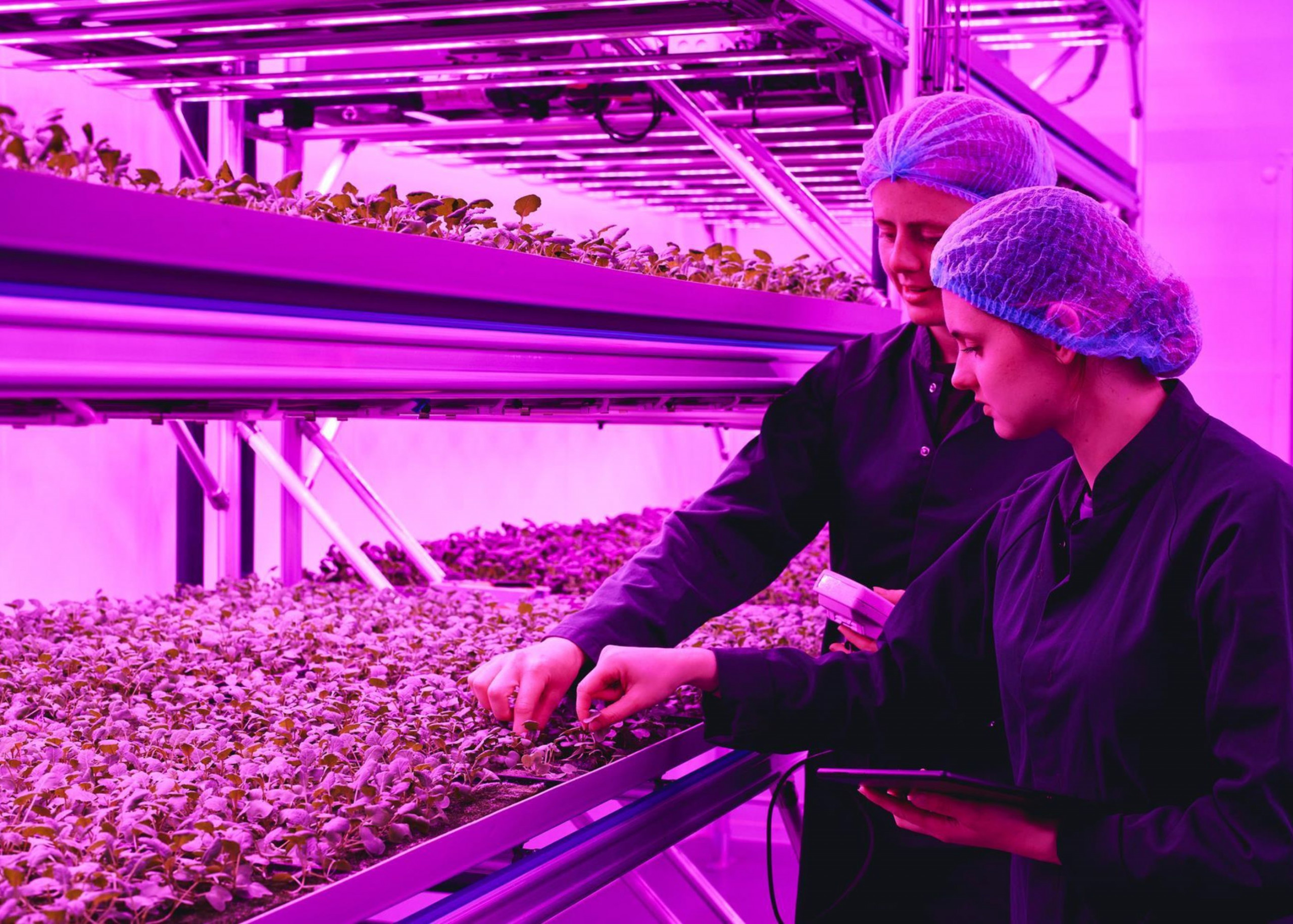News in Brief:
The price of yam has surged dramatically in Nigeria, making it a luxury for many, due to increased production costs, insecurity, and transportation challenges. Governments at both state and federal levels have been urged to intervene to stabilize the market.
The humble yam, once a staple food in Nigerian homes, is becoming a luxury item beyond the reach of many. The relentless surge in yam prices has ignited widespread concerns among Nigerians. This further compounds a situation where citizens are already grappling with the economic challenges posed by inflation of other food items.
With over 60% of the world’s yam production coming from Nigeria, it is worrisome that the price of the product keeps going northward.
Farmers lament rising costs
According to Kenneth Aondofa, a yam farmer in Benue State, the escalating costs of production, have significantly impacted the profitability of yam cultivation.
“The price of inputs, like every other thing these days, has skyrocketed. Even the intervention of government in providing especially fertilisers at subsidised rates, is not getting to the ordinary farmer,” he said.
Mr. Aondofa further lamented that the returns on investment have remained stagnant as farmers are barely breaking even.
Insecurity cripples yam production
They have also faced the deadly threat of herdsmen attacks with clashes negatively impacting production and disrupting their means of livelihood.
According to a statement by Amnesty International, violent clashes between farmers and semi-nomadic herders have led to the loss of 2,600 lives from January 2023 to February 2024. The organisation notes that 18 out of the 23 LGA’s of Benue state have been adversely affected by the ongoing insecurity.
These clashes are caused by competition for access to land and pasture by both sides. According to a report by the United Nations (UN), drought and desertification in the north have forced pastoralist herdsmen to seek grazing lands further south resulting in competition over resources and clashes with settled farmers.
Consequently, about 2 million farmers have been displaced by the crisis and have sought refuge in Internally Displaced Camps, (IDP) in the state.
Ultimately, with the decimation of farming communities by the marauding herdsmen from Logo, Katsina-Ala, Guma, Otukpo, to Kwande, Buruku, Guma in Benue state, farming activities have greatly dwindled.
Take note that Benue state contributes more than half of Nigeria’s total yam production.
Consumers bear the brunt
Meantime, the burden of these increased production costs has been passed on to consumers. Market surveys reveal that the cost of a medium-sized yam has doubled in some regions, leaving many households struggling to afford this essential food item.
Some traders have even resorted to cutting yam tubers in smaller pieces to aid affordability by consumers. Independent survey by this publication in some parts of Lagos state, reveal that a tuber of yam goes for between ₦6,000 to as much as ₦10,000 to ₦12,000.
According to National Bureau of Statistics (NBS) data, the price of yam per kilogram went up by over 90% in 2023. In 2024, the first six months has seen yam prices jump by 124% already.

A yam trader in the Ojo Local government area of Lagos, Theresa Mmadumere, stated that the high prices of yam has led to fewer patronage by customers in recent times. She attributed it to the costs of transporting the commodity from the North, and other above-mentioned factors.
Mrs. Mmadumere sells a tuber of yam for ₦9,000 in her shop. This one is the ‘Ada Onitsha’ variety, she says, pointing to the tubers. She also disclosed that other less expensive varieties on sale go for at least ₦6,000.
“It’s not my fault,” she lamented. “It’s how we buy, and I don’t make up to a thousand naira gain on a tuber, in order not to drive away customers.”
Also, a customer, who simply identified himself as Daniel, lamented the high cost of yam.
“A few years ago, I used to buy a tuber of yam for ₦800, and in bulk too, being heavily consumed in my house. Nowadays, I hardly buy yams except for rare occasions. This one now I’m buying is for pepper-soup, for my new-born son’s naming ceremony next week. As you can see, I can only buy one, just for a select few, in addition to rice that would be cooked. It’s a very sad situation in the country, where people cannot afford a hitherto cheap food like yam,” he said.
Generally, investigations reveal that the situation is not peculiar to Lagos alone. Respondents who spoke with this publication, claimed that the situation was no different in Rivers and Edo states. One opined that the sizes available in Lagos are even bigger than those in Edo state, yet go for same price.
Government intervention urged
Meantime, Wale Ogunjobi, an agropreneur, based in Abeokuta, Ogun state, has called on the government to intervene and address the rising cost of yam.
“The government must prioritise agricultural support and invest in infrastructure to boost yam production,” he said.
He highlighted the need for policies aimed at stabilising food prices, to be embarked on by government as a means to protect consumers.
The affordability crisis of yam has raised concerns about food security in Nigeria. As a major source of carbohydrates for millions of Nigerians, the escalating cost of yam is affecting dietary patterns. Many have had to leave it out entirely in their diets as a result. This situation of less variety in menu, has the potential of leading to malnutrition.
Short-term relief measures
While long-term solutions are being sought, some short-term measures can be implemented to provide relief to consumers.
Checking incidents of insecurity is a key factor to ameliorating the plight associated with high food prices. State governors, like Hyacinth Alia of Benue, have promised to prioritise the security of lives and property of the people by ending insecurity occasioned by farmer/herder crisis.
Other measures include increasing the supply of yam through improved farming, and aiding farmers with farm inputs. Emphasis is also placed on the creation of yam processing systems.
Furthermore, governments at both state and federal levels need to initiate multifaceted approaches involving stakeholders working together. This is in a bid to ensure that the ‘king of crops’ remains affordable and accessible to all.



